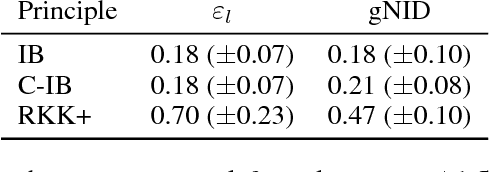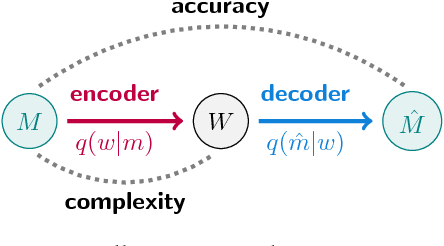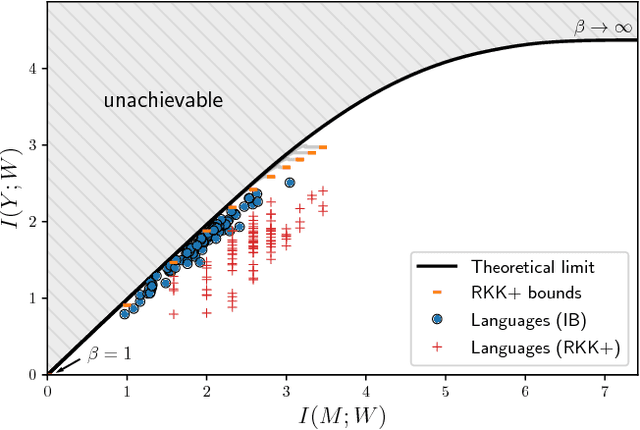Efficient human-like semantic representations via the Information Bottleneck principle
Paper and Code
Aug 09, 2018



Maintaining efficient semantic representations of the environment is a major challenge both for humans and for machines. While human languages represent useful solutions to this problem, it is not yet clear what computational principle could give rise to similar solutions in machines. In this work we propose an answer to this open question. We suggest that languages compress percepts into words by optimizing the Information Bottleneck (IB) tradeoff between the complexity and accuracy of their lexicons. We present empirical evidence that this principle may give rise to human-like semantic representations, by exploring how human languages categorize colors. We show that color naming systems across languages are near-optimal in the IB sense, and that these natural systems are similar to artificial IB color naming systems with a single tradeoff parameter controlling the cross-language variability. In addition, the IB systems evolve through a sequence of structural phase transitions, demonstrating a possible adaptation process. This work thus identifies a computational principle that characterizes human semantic systems, and that could usefully inform semantic representations in machines.
 Add to Chrome
Add to Chrome Add to Firefox
Add to Firefox Add to Edge
Add to Edge